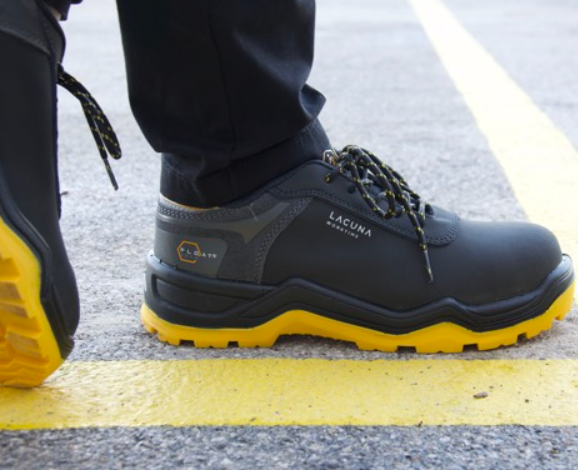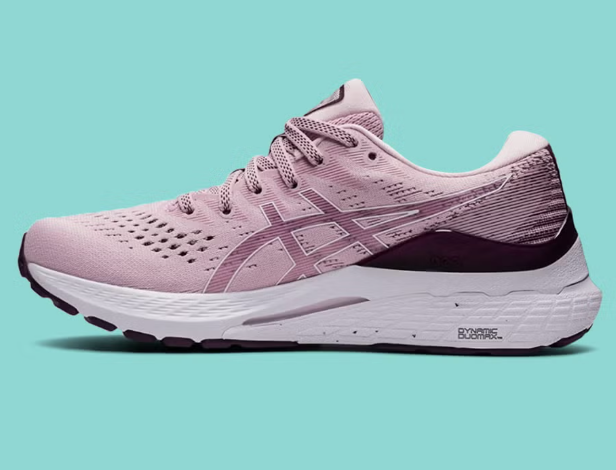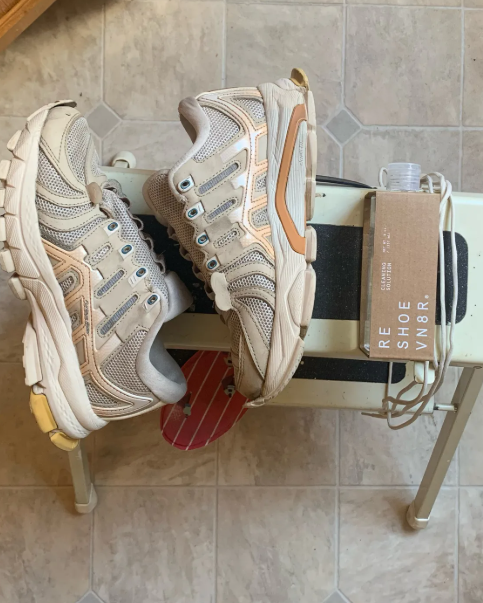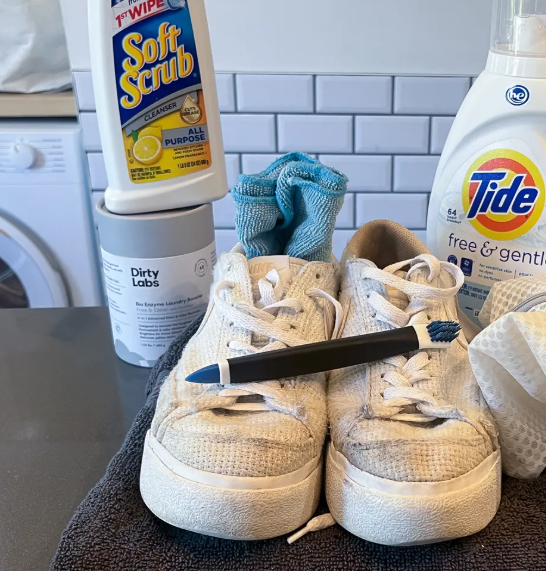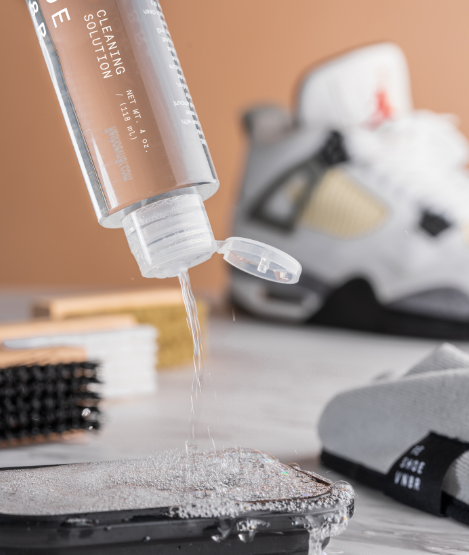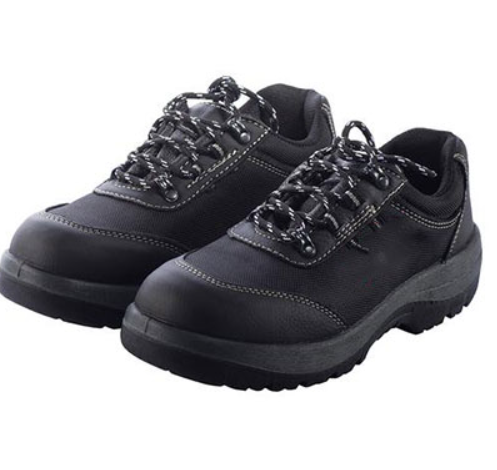
A Comprehensive Guide to the Materials Used in Safety Shoes
Safety shoes play a crucial role in protecting workers across various industries. From construction sites to laboratories and warehouses, the materials used in safety footwear are integral to ensuring both safety and comfort. Choosing the right materials is vital to meet the specific needs of each profession. In this guide, we explore the essential components and materials that make up safety shoes.
Key Components of Safety Shoes
Safety shoes are carefully crafted with several components, each contributing to the overall protection and functionality. Every piece of the shoe serves a specific purpose, with the materials chosen to match the requirements of the job and the relevant safety standards.
The Upper
The upper part of the safety shoe wraps around the foot and is one of the most important components. It can be made from various materials depending on the shoe’s intended use and required safety standards.
Leather, whether smooth, grained, or suede, is commonly used for its durability, while synthetic materials like microfiber provide breathability and lightweight comfort. The upper may also feature water resistance, breathability, and ease of cleaning, depending on the work environment.
Materials are selected to meet the specific needs of the wearer, such as protection against water, chemicals, or heat.
Lacing System
The lacing system is a key element for ensuring a secure fit and overall comfort. Different lacing methods cater to various needs:
- Traditional Laces: These are versatile and offer a customizable fit.
- NBS Quick Lacing System: Ideal for quick, easy wear, allowing you to slip your shoes on in a hurry.
- Speed Lace: Found in models like PLANET shoes, this system enables fast and convenient lacing.
- Zipper Closure: Some models feature zippers for easy on-and-off convenience.
- Velcro Straps: These provide quick adjustments and are common in many work environments.
- Elastic Inserts: Certain models, like those designed for the food industry, feature elastic inserts for easy wear while ensuring a secure fit.
The choice of lacing system depends on personal preferences, the nature of the job, and the required level of safety.
Lining
The lining of a safety shoe is located inside and is in direct contact with your foot. It plays a critical role in moisture-wicking, breathability, and comfort. Linings are typically made from textiles such as polyester or polyamide, designed to keep your feet comfortable during long shifts.
Various types of linings include:
- 3D Micro-Aerated: Offers exceptional breathability, keeping your feet cool.
- Waterproof-Breathable: Keeps moisture out while allowing the foot to breathe.
- Recycled Materials: Eco-friendly linings made from recycled polyester.
- Synthetic Fur: Ideal for providing warmth in cold conditions.
Protective Toe Cap
The protective toe cap is a crucial feature of safety shoes. Positioned at the front of the shoe, it shields the toes from impact. Several materials are used for toe caps, each offering distinct advantages:
- Aluminum: Thin and lightweight.
- Stainless Steel: Offers a wide, comfortable fit while still being durable.
- Polycarbonate: Provides thermal resistance while being lightweight and non-magnetic.
- Composite Fiber: Non-magnetic and insulating, protecting against both heat and cold.
These toe caps meet strict standards, capable of withstanding 200 joules of impact and compressing forces up to 1500 daN, ensuring protection from heavy objects and pressure.
Anti-Penetration Inserts
Safety shoes also feature anti-penetration inserts to protect the foot from sharp objects like nails or metal debris. Lemaitre Sécurité’s DUOPROTECTION® is a patented solution that combines stainless steel and a high-strength composite textile for superior protection.
This technology ensures that shoes equipped with DUOPROTECTION® exceed the EN ISO 20345 standard for anti-penetration. These shoes are designed to withstand forces greater than 2000 N, providing essential protection in high-risk environments like construction sites.
Insole
The insole is a key component for comfort. It provides cushioning and shock absorption, reducing foot fatigue over long hours. Insoles are typically made from foam, textiles, and sometimes activated charcoal to neutralize odors and prevent bacteria buildup.
Some insoles are designed with memory foam, adapting to the shape of the foot for added comfort. This “anti-fatigue” feature enhances the shoe’s ability to absorb impact, providing continuous support and comfort throughout the day.
Outsole
The outsole is the part of the shoe that comes into direct contact with the ground. It’s designed to offer excellent grip on various surfaces while withstanding wear and tear. Common materials for outsoles include polyurethane and nitrile rubber, both known for their durability and ability to be molded into different sole designs to meet specific needs.
The right outsole material ensures safety, comfort, and longevity, making it an essential feature of any safety shoe.
Conclusion
Choosing the right safety shoe involves understanding the materials that make up each component. From the durable upper to the protective toe cap, every part of the shoe is designed to keep workers safe and comfortable. By selecting shoes that are tailored to the specific demands of your job, you ensure the best protection for your feet while maintaining comfort throughout the day.

